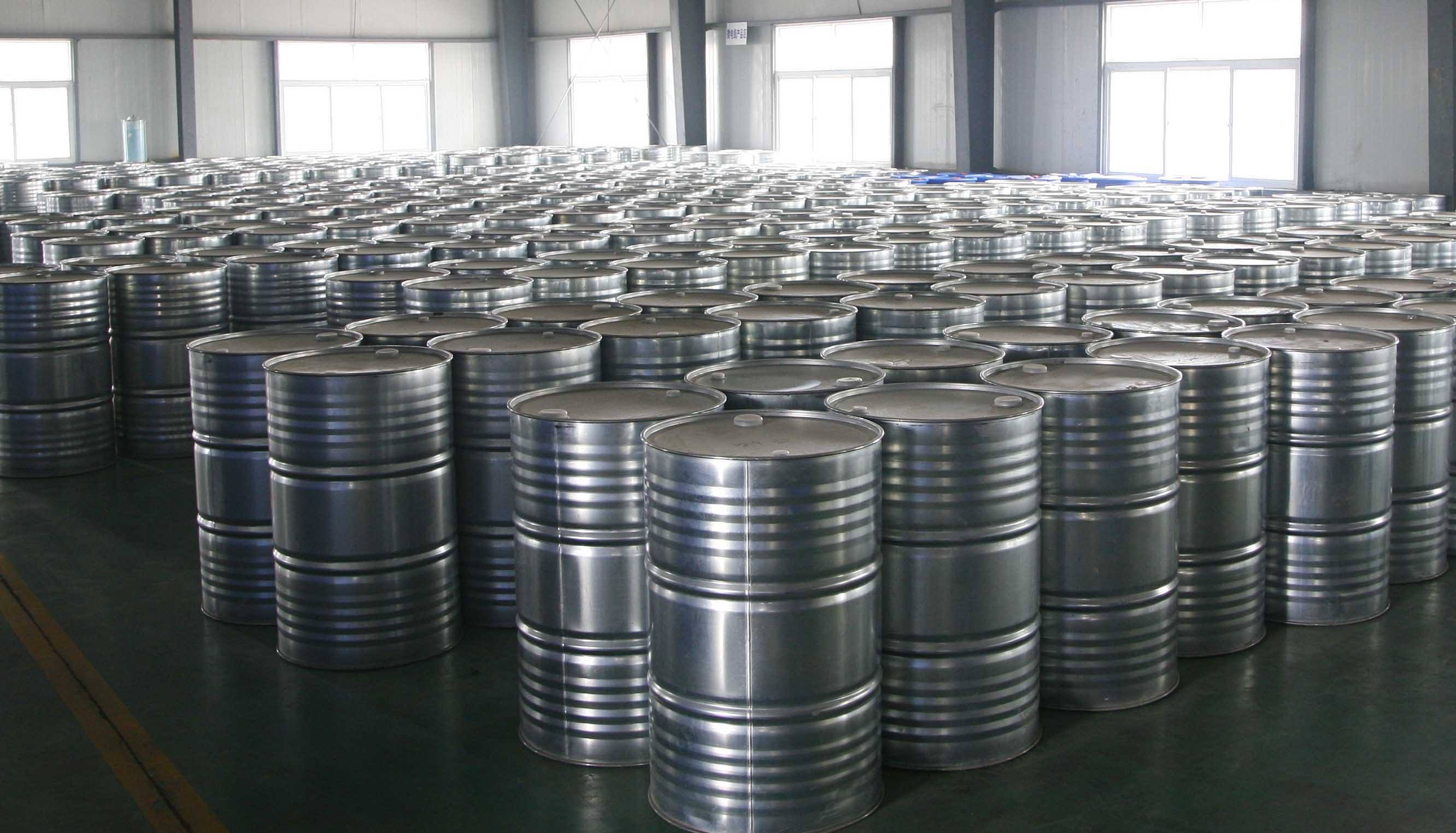Viscosity Analysis of Polyether Polyols
Viscosity is one of the important physical properties of polyether polyols. In practical applications, polyether products with different viscosities also perform differently in applications. Let's take a look.
1. Viscosity characteristics of polyethers
Viscosity is an important indicator for evaluating the performance of different polyether polyol products. In polyol synthesis, even if the raw material ratio is the same, if the process is slightly different, the viscosity may also produce a large difference. In conventional analysis, the viscosity value can be used to estimate the approximate range of hydroxyl values. For polyesters, the greater the viscosity, the lower the hydroxyl value; the greater the viscosity of polyether polyols, the greater the hydroxyl value.
The viscosity of polyether polyols is usually between 100-500 mPa·s, but this value is affected by many factors.
2. Some applications of polyether viscosity
1. Polyurethane foam: Polyether polyols are one of the main raw materials for the production of polyurethane foam. Appropriate viscosity can ensure the stability and uniformity of the foam, thereby obtaining ideal physical properties.
2. Adhesives: In the field of adhesives, the viscosity of polyether polyols directly affects the fluidity and wettability of adhesives. Polyether polyols with moderate viscosity can provide good adhesion and water resistance.
3. Coatings: In the field of coatings, the viscosity of polyether polyols has an important influence on the construction performance and film-forming properties of coatings. Polyether polyols with moderate viscosity can provide good leveling and adhesion, ensuring the uniformity and aesthetics of the coating.
4. Elastomers: When preparing polyurethane elastomers, polyether polyols with moderate viscosity should be selected to obtain ideal elasticity, strength and wear resistance.
3. Control of polyether viscosity
Viscosity is an important indicator of the degree of polymerization and molecular weight of the product. When proportioning polyol combination materials, the requirements of the processing technology for the fluidity of the combination materials should also be considered. If the viscosity of the polyol is too large, the fluidity of the combination materials will decrease.
1. Adjusting the molecular weight: By changing the type and amount of the initiator, as well as the conditions of the polymerization reaction (such as temperature, pressure, type and amount of catalyst), the molecular weight of the polyether polyol can be adjusted, thereby adjusting the viscosity.
2. Temperature control: During the production process, the viscosity of the polyether polyol can be adjusted in real time by adjusting the temperature by heating or cooling.
3. Dehydration: Dehydration can reduce the moisture content in polyether polyols and reduce viscosity.
4. Additives: You can add an appropriate amount of diluent or thickener to adjust the viscosity of polyether polyols according to demand. By deeply understanding the viscosity characteristics of polyethers, polyether products that meet the specific needs of various fields can be produced.
Viscosity analysis can also predict the performance differences of different batches of products, thereby guiding production decisions. With the continuous development of polyether technology, viscosity control will be more accurate and efficient, providing strong support for applications in more fields.